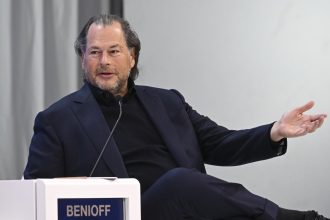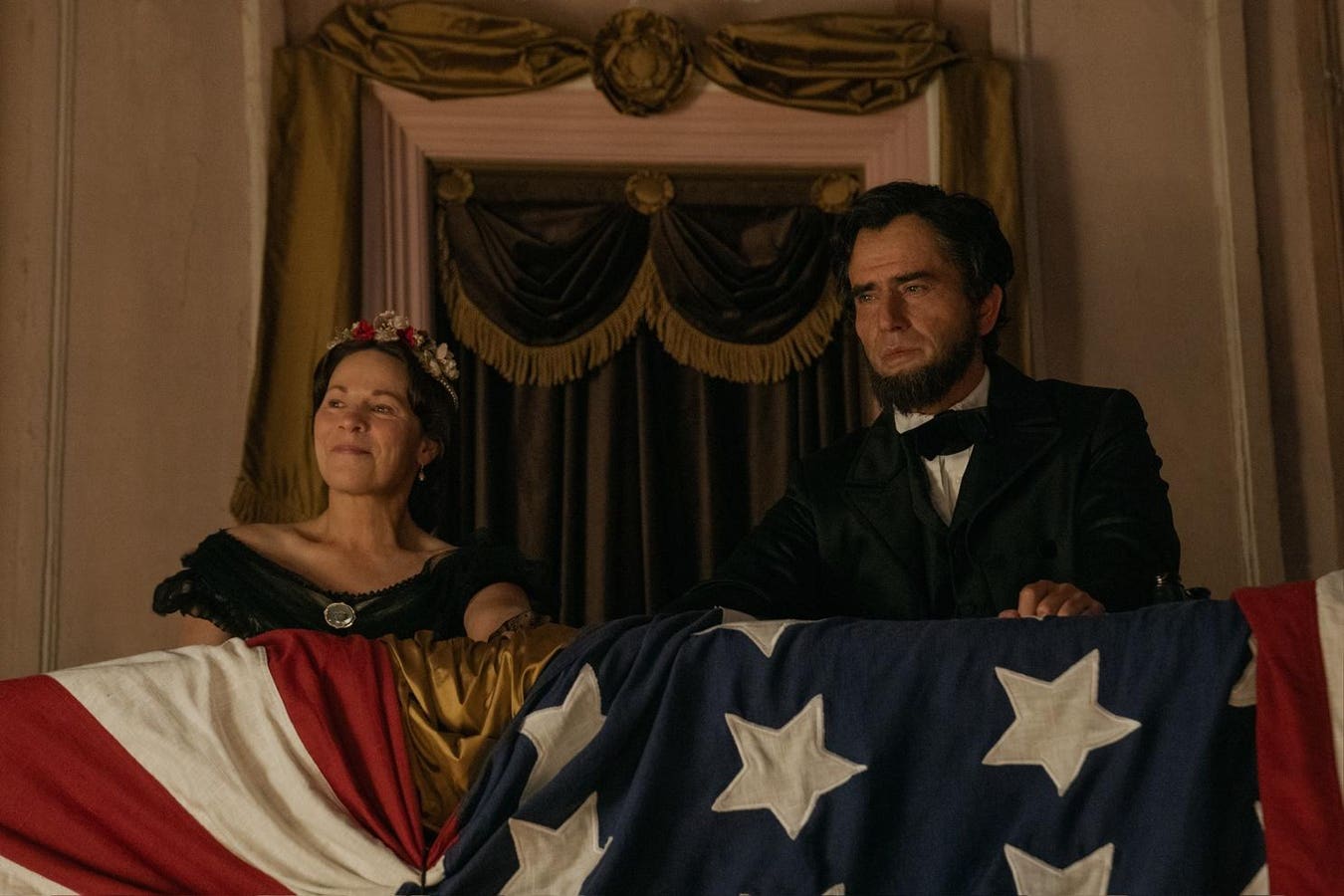History never lies.
However, historical stories can be told from different angles, shifting not only the perception of a given event, but perhaps more importantly, how everyone involved in said event is perceived.
This is precisely the thought behind the series Manhunt.
Inspired by the New York Times
New York Times
The series stars Hamish Linklater as Lincoln, Anthony Boyle as Booth, with Tobias Menzies as Edwin Stanton and Lili Taylor as Mary Todd Lincoln. Matt Walsh, Lovie Smith and Brandon Flynn also appear in Manhunt.
“It was years of research [before and as I was writing],” says creator and executive producer Monica Beletsky.
She further point out that her cast and crew also took it upon themselves to do their own in-depth preparation. “Everyone did so much reading, and even when we were on set, our [Assistant Directors] would look up the scene, if it was documented in history, to try to get it as right as possible.”
This led Beletsky to feel as though, “there was a just a feeling while we were in production that everybody was a part of something special and wanted to honor the story as much as possible.”
Using various visual techniques was important to provide the proper context to the narrative, says Beletsky. “[We used] flashbacks to tell the story psychologically. So when it was a moment of revealing a character’s motivation or how they’re thinking through a decision in the present, that was when I felt it was most potent to use that device.”
For Boyle, the first time he heard about his character he portrays was a bit strange, as he explains, “I grew up in Ireland, and my introduction to John Wilkes Booth was through an episode of The Simpsons where Bart plays John Wilkes Booth”
He says that then when he began prepping for his audition, “I started looking at all these documentaries written about him, all these books, but I didn’t find too much of them helpful because they were written for a casual reader and what I really wanted was to get to the bare bones of him.”
It was then that Boyle really dug in. “So I got all these letters that he had sent when he was [between] 15 and 26. When he starts off at 15, he’s rambunctious — he’s going to fairs, he’s mooning people. He was a bit of a wayward lad. At about 19, he starts writing things like, ‘Someone insulted my sister, so I put a stick over his head and watch him bleed.’ By the time he’s 25, he’s writing things like, ‘the Black man is enslaving the White man in America.’ So through these letters, there’s this descent into this madness, into this racist ideology. So I really went back to the letters as opposed to books written about him or episodes of The Simpsons.’”
To play the Booth fully, Boyle says that he had to get into the right mindset, explaining, “[Preparing for a role] is always the same, particularly playing real people. Whether I like the person or not doesn’t change my prep. Booth is an asshole. I hate that guy, but Booth doesn’t think he’s an asshole. Booth thinks he’s a hero. So, in order for me to serve the project, I have to think that I’m the hero in this. So, I wasn’t playing Booth as a villain. I was playing him going, ‘I’ve got to do what’s right. I have to assassinate the President. I have to save America.’”
For Linklater, he says that he and the creative team were set on showing Lincoln in a different light from the way in which he is usually portrayed. “I think our first conversations about him were that we wanted to see his relationship with [his wife] Mary and as a domestic guy. Apparently, he told some terrible jokes and weird stories about raisins and people found that really beguiling. He was deeply beloved, I think, on a personal level too. That’s what we were going for.”
About this, Beletsky adds, “When we had our first conversations, I said to Hamish that I’d really like this Lincoln to be somebody who was not an icon or someone you would see on a statue or a penny; but that he’s someone’s father, he’s someone’s husband, he’s someone’s colleague, he’s someone’s boss. We were going for a real domestic version of him.”
Linklater credits series creator Beletsky with turning this bit of history into a must-watch series as he says, “The brilliant thing that Monica has done is that she’s turned this moment into such a nail-biting focal point of our history. She’s made a thriller about the 14th Amendment. That’s pretty high-degree of difficulty.”
Menzies agrees as he makes it clear that he wants the audience to know that Manhunt is, “A very complicated, political story. But [it’s] also a very human one and one of the ways of [showing] that is to really bring these fascinating people as richly and as accurately to life. [They] knew each other very well, and they were then thrown into a situation which they could not have imagined.”
All episodes of ‘Manhunt’ are available for streaming on the Apple TV+ app.
Read the full article here





